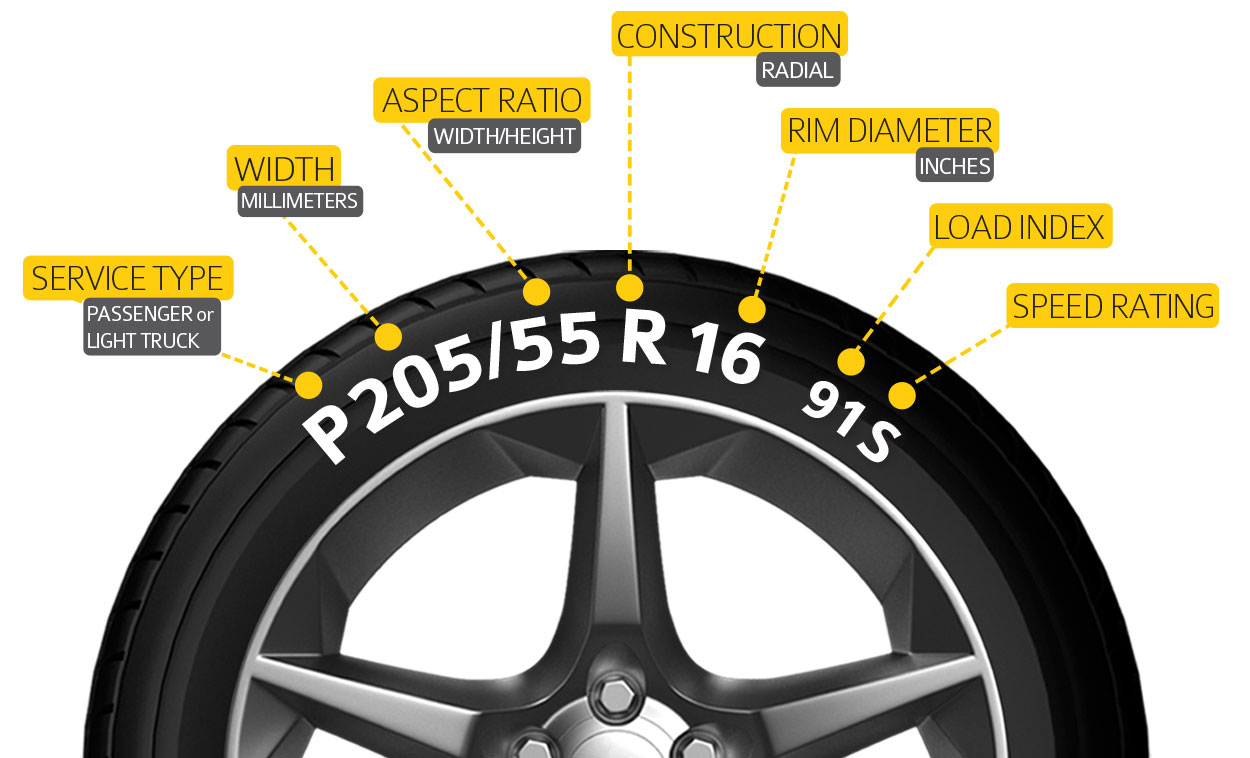Decoding the Subtle Nuances of Rim Sizing: Width & Diameter
Have you ever paused to consider the subtle geometry that underpins a car's stance, its connection to the road, the very essence of its rolling sculpture? It's often in the details where true elegance resides, and in the automotive world, few details are as crucial as the precise dimensions of its rims.
Understanding how rim width and diameter are measured is paramount to achieving the desired aesthetic and performance balance. This seemingly simple aspect of car ownership is often overlooked, yet it holds the key to unlocking a vehicle's full potential. From influencing tire selection to impacting handling and ride comfort, the accurate assessment of rim dimensions is a fundamental skill for any discerning driver.
Determining rim width and diameter isn't merely a technical exercise; it's an appreciation for the interplay of form and function. It's about understanding how these measurements affect the overall visual harmony of a vehicle, how they contribute to its personality and presence on the road. This meticulous attention to detail is what separates the simply functional from the truly exceptional.
The process of measuring rim width and diameter is surprisingly straightforward, yet the implications are profound. Rim width, measured in inches, dictates the ideal tire size, influencing grip, handling, and overall driving experience. Rim diameter, also in inches, impacts the tire's sidewall height, affecting ride comfort and aesthetic proportions.
This guide will delve into the intricacies of these measurements, exploring the historical context, the practical applications, and the nuances that can transform a car from ordinary to extraordinary. From the subtle elegance of a classic wire wheel to the aggressive stance of a modern performance alloy, the dimensions of the rim play a defining role in the overall narrative of automotive design.
Historically, rim sizing evolved alongside tire technology. Early rims were simple, narrow designs dictated by the limitations of early tire construction. As tire technology progressed, so too did rim design, allowing for wider rims and lower-profile tires, enhancing both performance and aesthetics. Understanding the historical context of rim sizing provides a deeper appreciation for the advancements that have shaped the modern automotive landscape.
The primary issue related to improper rim sizing is incompatibility with the intended tire size. Using a tire that is too wide or too narrow for a given rim can lead to compromised handling, uneven tire wear, and potential safety hazards. Accurate measurement is crucial to ensure the correct tire fitment and optimal performance.
Rim width is measured across the inner bead seat of the rim, representing the distance between the points where the tire beads rest against the rim. Rim diameter is measured across the rim's outer edge, excluding the lip or flange.
Benefits of Accurate Rim Measurement:
1. Optimized Tire Performance: Proper rim width ensures that the tire maintains its intended shape and contact patch, maximizing grip, handling, and braking performance. For example, a wider rim paired with a wider tire increases the contact area with the road, improving cornering grip.
2. Enhanced Aesthetics: The correct rim diameter and width contribute to the overall visual balance and proportions of a vehicle. A larger diameter rim with a lower-profile tire can create a more aggressive and sporty look.
3. Improved Ride Comfort: Rim diameter influences tire sidewall height. A smaller diameter rim with a taller sidewall generally provides a more comfortable ride, absorbing road imperfections more effectively.
Step-by-Step Guide to Measuring Rim Width:
1. Use a measuring tape or ruler.
2. Measure the distance between the bead seats inside the rim.
3. Record the measurement in inches.
Step-by-Step Guide to Measuring Rim Diameter:
1. Use a measuring tape or ruler.
2. Measure the distance across the rim's outer edge, excluding the lip.
3. Record the measurement in inches.
Advantages and Disadvantages of Different Rim Widths
FAQs:
1. What is the difference between rim width and rim diameter? Rim width is the measurement across the inner bead seat, while rim diameter is the measurement across the outer edge.
2. ... (Add more FAQs)
In conclusion, understanding how rim width and rim diameter are measured is an essential aspect of responsible car ownership. From enhancing performance and aesthetics to ensuring safety and optimal tire life, these seemingly simple measurements have far-reaching implications. By appreciating the nuances of rim sizing, drivers can unlock the full potential of their vehicles, achieving a harmonious balance of form and function. Take the time to familiarize yourself with these fundamental principles and empower yourself to make informed decisions about your vehicle's setup. The rewards are well worth the effort, translating into a more engaging, safer, and aesthetically pleasing driving experience.
Engaging reading materials for 8 year olds
Unlocking monroe county wv your property search adventure
Finding affordable fuel trailers near you








